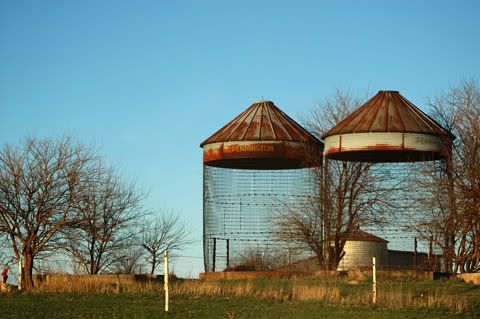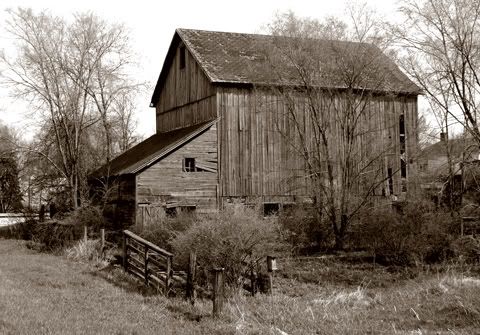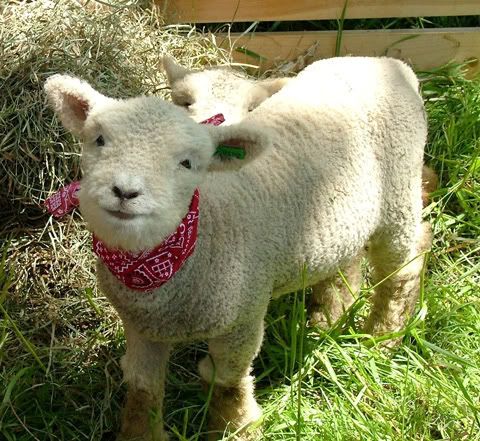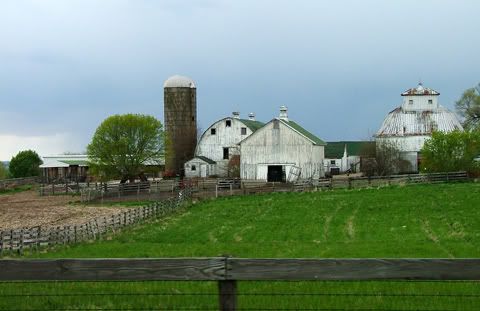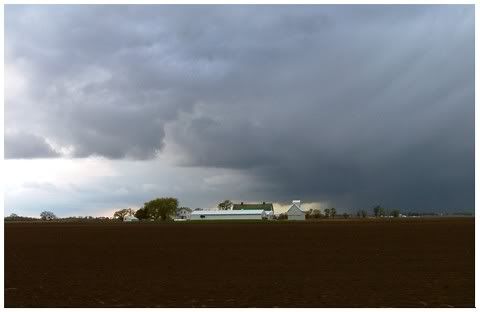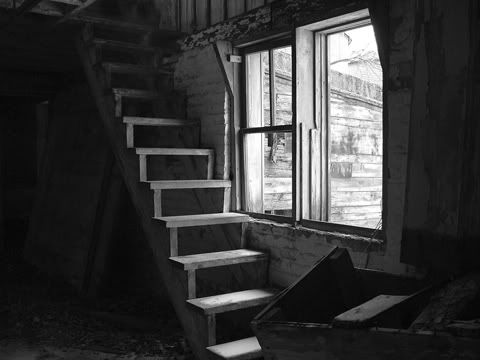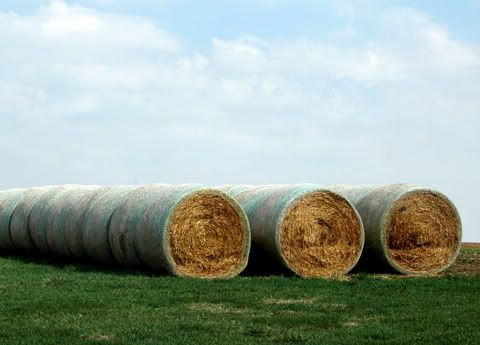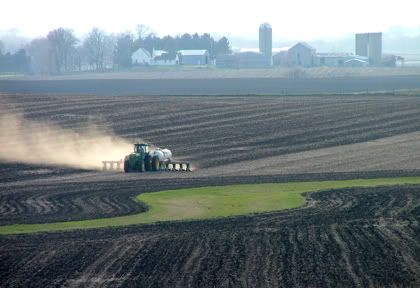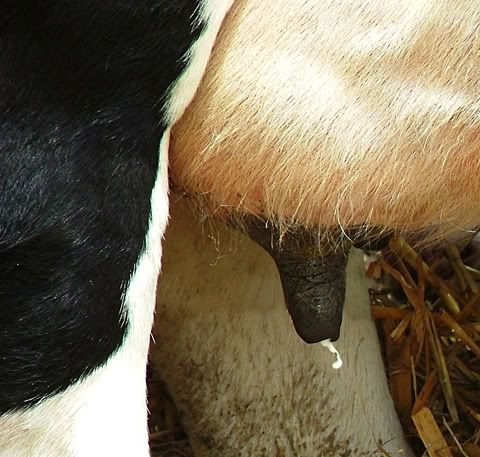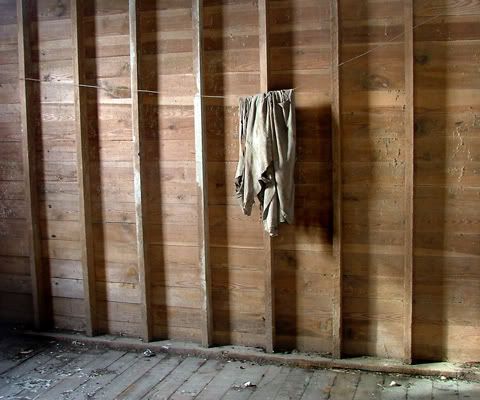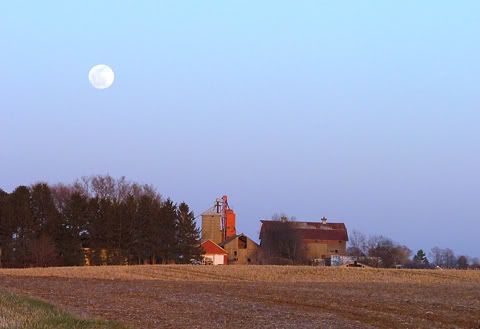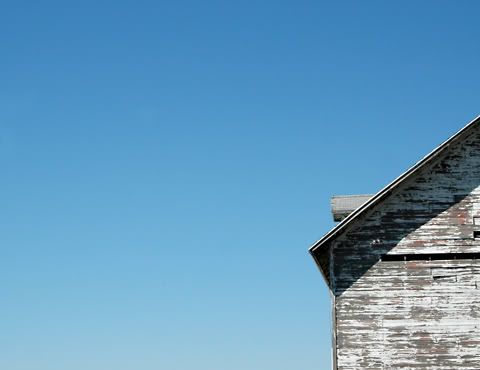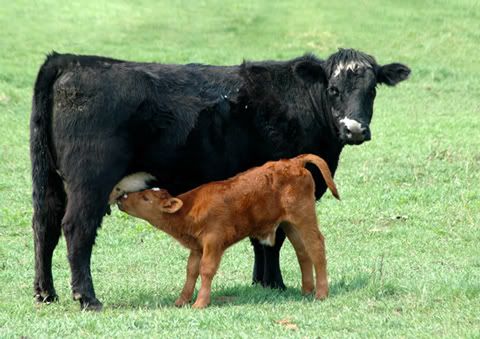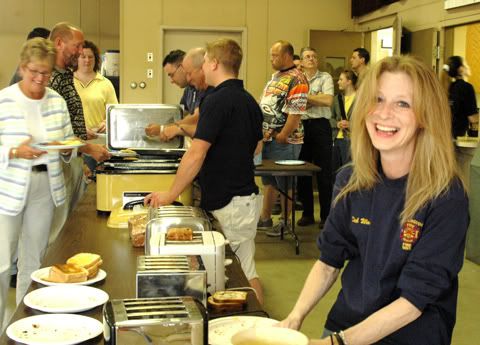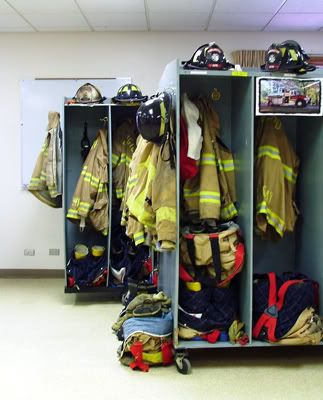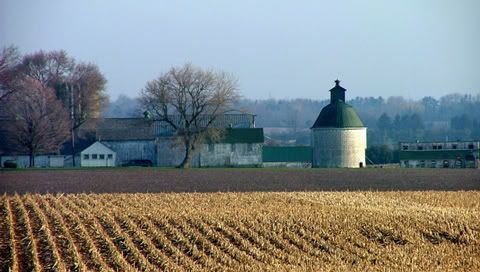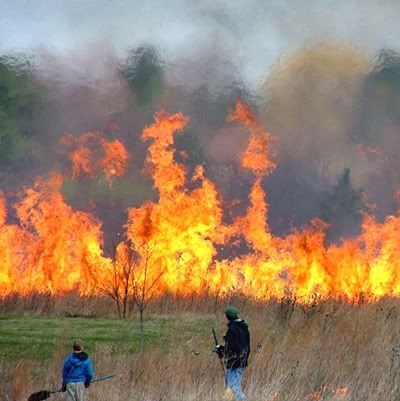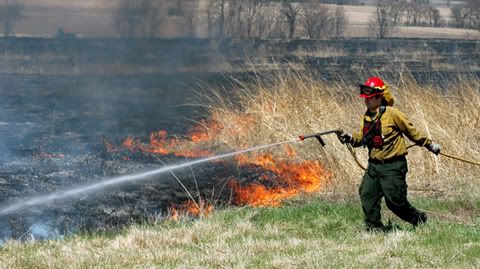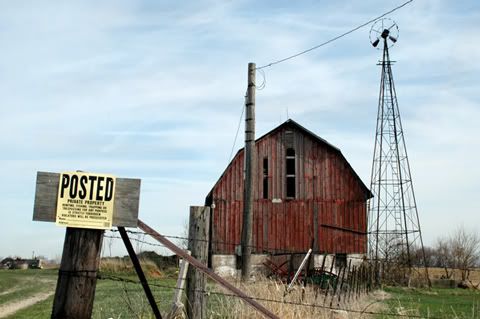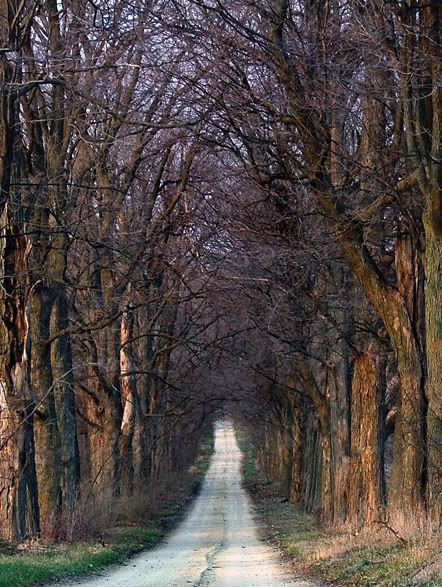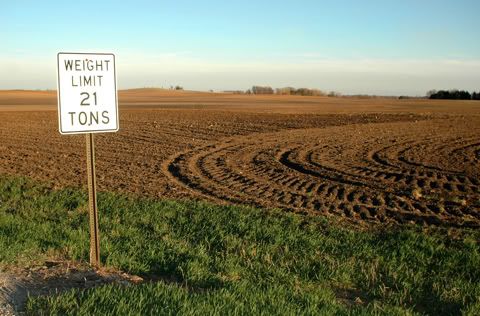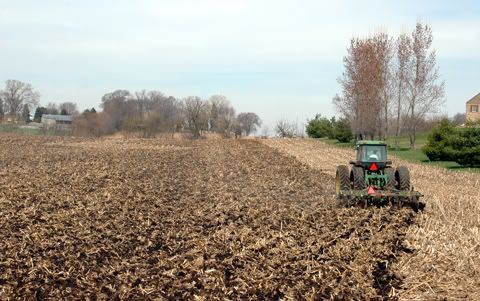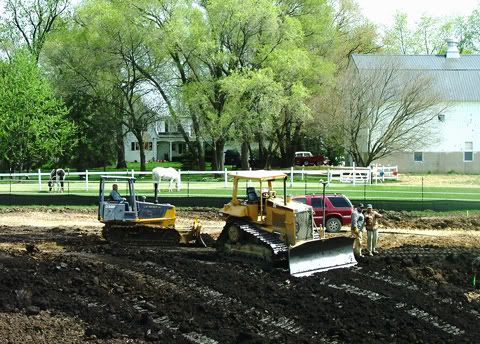
As robins are the harbingers of spring, so are surveyors the harbiners of destruction. It's a matter of perspective I suppose. Those who are eager for progress would see them as the sign of good things to come, but those who have chosen a quiet path of hard work in the country know it means an end to their time here. They must move on, or adapt to the culture change. This scene is just 9 miles to the east. The farmhouse, barn, oubuildings and two small pasture are all that remain of a large farm. The large expanses that were once cornfields are now carpeted with tract homes, and the earth movers gnaw away at the last field to make was for the construction of a new middle school. I stood for 30 minutes or longer, watching the work, taking an occasional photo, as the huge machinery snaked back and forth, first removing the deep black topsoil and later the ochre colored clay. At this point these dozers moved in and carpeted the edges of the pit with topsoil. I observed something very interesting as the work progressed. The heavy equipment operator never once took his eyes off the green pasture and the horses grazing, oblivious to the noise of his machine.
